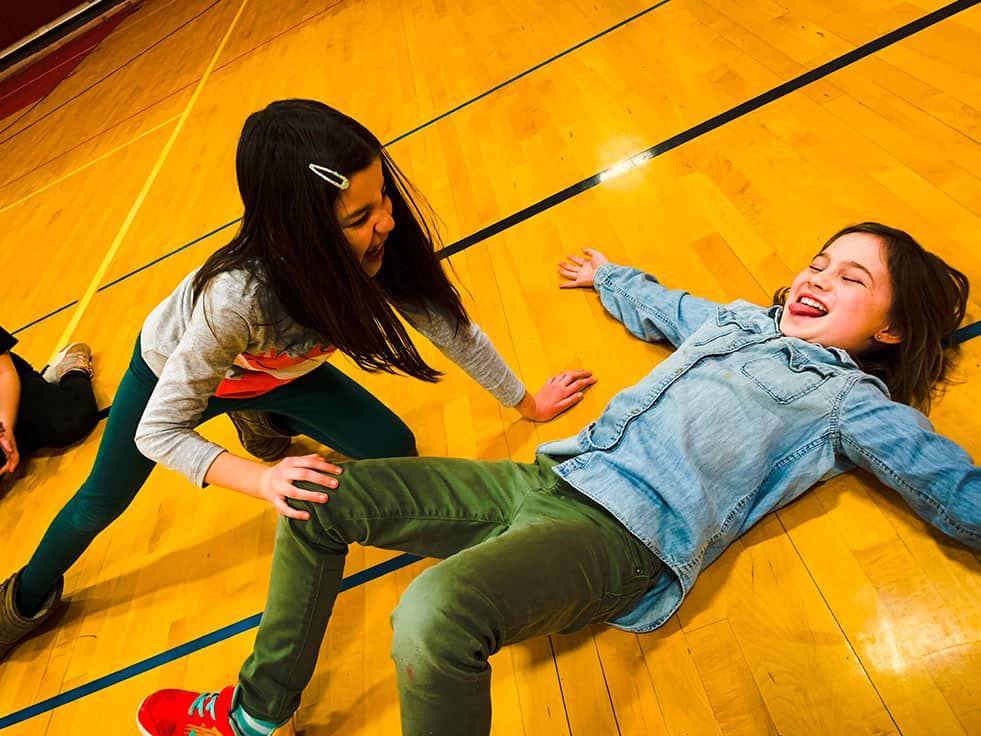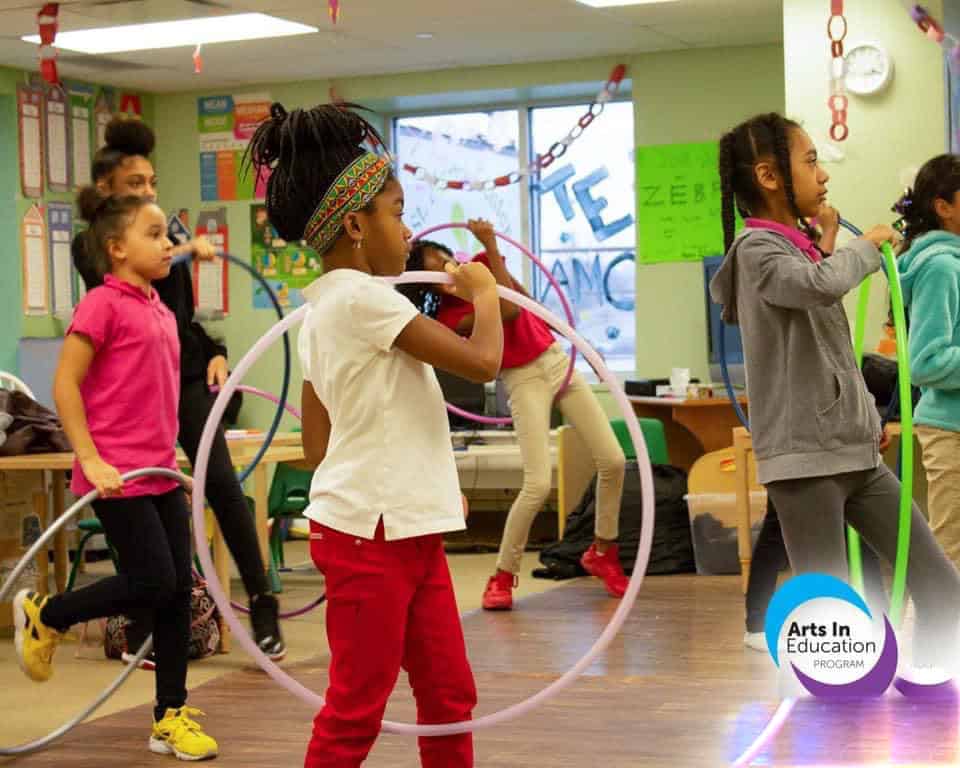Dance In Education

School based arts in education Programs
Early Childhood Centers
Our programming uses the elements of dance: Space, Time and Force to help children learn about:
- Language & Literacy
- Mathematical Thinking
- Scientific Thinking
- Creative Thinking
- Social & Emotional Development
- Health & Wellness
K - 12
Using creative dance and hoop dance as the vehicle to teach core subject such as Math, Science, English & Social Studies.
After school Programs
Hoop dance after-school programs for children grades 2 through 12. Each participant makes through own hand made hoop at the end of the program.

Residency themes
- Solar System through Creative Hoop Dance
- Multiplication through Creative Hoop Dance
- Social Studies through Creative Dance
- Constellation Myths through Creative Hoop Dance
- Storytelling through Creative Dance
- Customized Residencies
Jennifer is able to work with schools and classroom teachers to collaboratively design a custom residency to fit their needs and target various core curriculums.

What is a teaching artist?
Nationally recognized actor, teaching artist and author Eric Booth has developed the following definition of the teaching artist: “A teaching artist is a practicing artist who develops the skills, curiosities, and habits of mind of an educator, in order to achieve a wide variety of learning goals in, through, and about the arts, with a wide variety of learners.”
Role of the teaching artist
According to the Association of Teaching Artists’ the role of the teaching artist is an integral part of the overarching arts education constellation, which includes:
- Short and long-term school and after-school residencies
- Arts experiences, including in-school performances by professional artists, as well as field trips to studios, galleries, museums, and performances.
- Integrating the arts throughout the curriculum as a way of engaging all types of intelligence’s in the learning process
- Arts education standards backed up by ongoing curriculum-based arts instruction in K-12 grades.
- Discipline-specific learning in the arts: visual art, dance, theater, music, poetry
- Higher education and on-going development for the professional artist, as well as the professional artist who is also a teaching artist
- Lifelong learning in the arts through community arts events, classes and workshops
Definition of Arts Integration?
Arts Integration is an APPROACH to TEACHING in which students construct and demonstrate UNDERSTANDING through an ART FORM. Students engage in a CREATIVE PROCESS which CONNECTS an art form and another subject area.
Why Dance Integration?
- Reaches learners of all abilities
- Benefits EL students as dance is a non-verbal form of communication
- Teaches children spatial awareness and self-control
- Provides students the opportunity to interpret content in a new way.